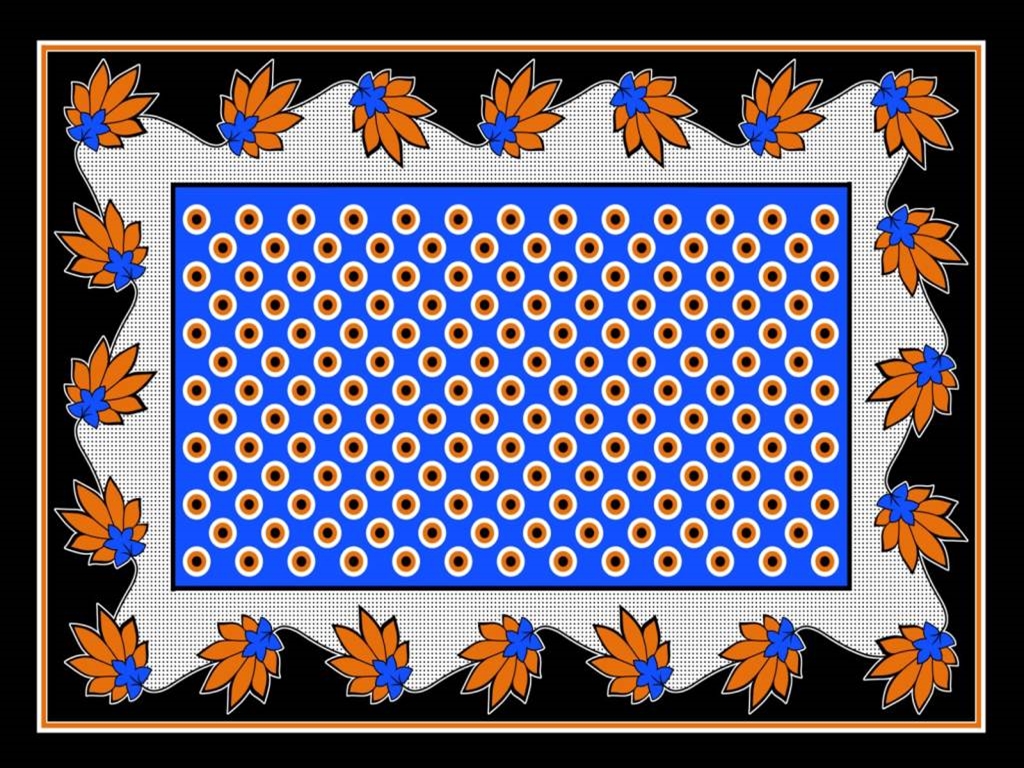Just imagination into a busy marketplace filled different-different types of intricate designs in fashion industry. That is only a glimpse of what it is like to surround you with African print fabrics, which have experienced an extraordinary increase in popularity during the past decade. From the normal wear to haute couture garments, the beauty of African prints is indeed leaving its mark on the fashion world.
This blog provides overview of how African print made it big around the globe in terms of the marketplace, the meanings and importance of such gorgeous fabric designs, and how they are redefining modern notions of fashion.
A Brief Overview of African Print Culture and Style
African prints are designed by eye-catchy colors & patterns. It is made by 100% cotton & use for such as wax printing. The patterns could tell the stories of history and reveal meaning about heritage, tradition, and identity.
Cultural Significance
Symbols and Meanings: Mostly patterns have meanings. For example, Mali mud cloth has histories of the past weaved into the fabric; Kente cloth from Ghana indicates the social status of the wearer.
Connection to Identity: Do you Know, Mostly Africans worn the traditional clothes were not just like a fashion, it’s an expression for cultural & identity.
The Rise of Local Manufacturers
Local manufacturers are stepping up, creating high-quality products that fuse traditional techniques with contemporary designs. This movement is pivotal for several reasons:
Supporting Local Economies
Job Creation: For the growth of African print industry creates jobs and reducing unemployment.
Sustainable Practices: Mostly manufacturers pressurize to sustainable practices, like in-house sourcing & production that works for generate employment for local artisans.
Innovation and Craftsmanship
Blending Tradition with Modernity: Progressive designers are getting innovative with African prints by combining them with newer styles, creating clothing that becomes popular with an overall broader audience.
Tech and Design: Technology is instrumental in the designing and distribution process, assisting local manufacturers to access global markets through e-commerce.
Fashion Forward: The Global Appeal
African prints have gone global and are now used by both celebrities and fashionistas around the world. This increased popularity can be ascribed to:
Celebrity Endorsements
Top celebrities such as Solange Knowles and Beyoncé have publicly modeled African prints, flaunting the fabrics in their music videos as well as in their public outings.
Fashion Weeks and International Platforms
Fashions like New York Fashion Week have integrated African print patterns, and designers can use them to display their own styles.
“The international fashion platform has welcomed our prints, and it’s exhilarating to witness our culture hailed as innovative.” – An African print fashion designer.
Challenges and Opportunities to Come
Despite the successes achieved, the African print manufacturing industry also faces challenges:
Global Competition
The entry of mass-produced and cheap fast fashion threatens local producers, who struggle to match prices.
Preservation of Technique
As demand increases, there’s a chance that old techniques and authenticity are lost and compromised for faster, cheaper production.
But with these obstacles are enormous possibilities for innovation and partnership:
Collaborative Projects: Working with international designers can assist in leveraging global platforms while preserving cultural integrity.
Education and Training: With growth in the industry, education in design, marketing, and sustainability can give authority to the future generation of manufacturers.
Conclusion
The increase in African print makers is much more than a fashion movement. It is a celebration of culture, creativity, and community. Yoto Impex Pvt. Ltd. African Print Manufacturer in Gujarat provides best designs in Ankara fabric, kente, khanga & real wax etc. at reasonable price.




